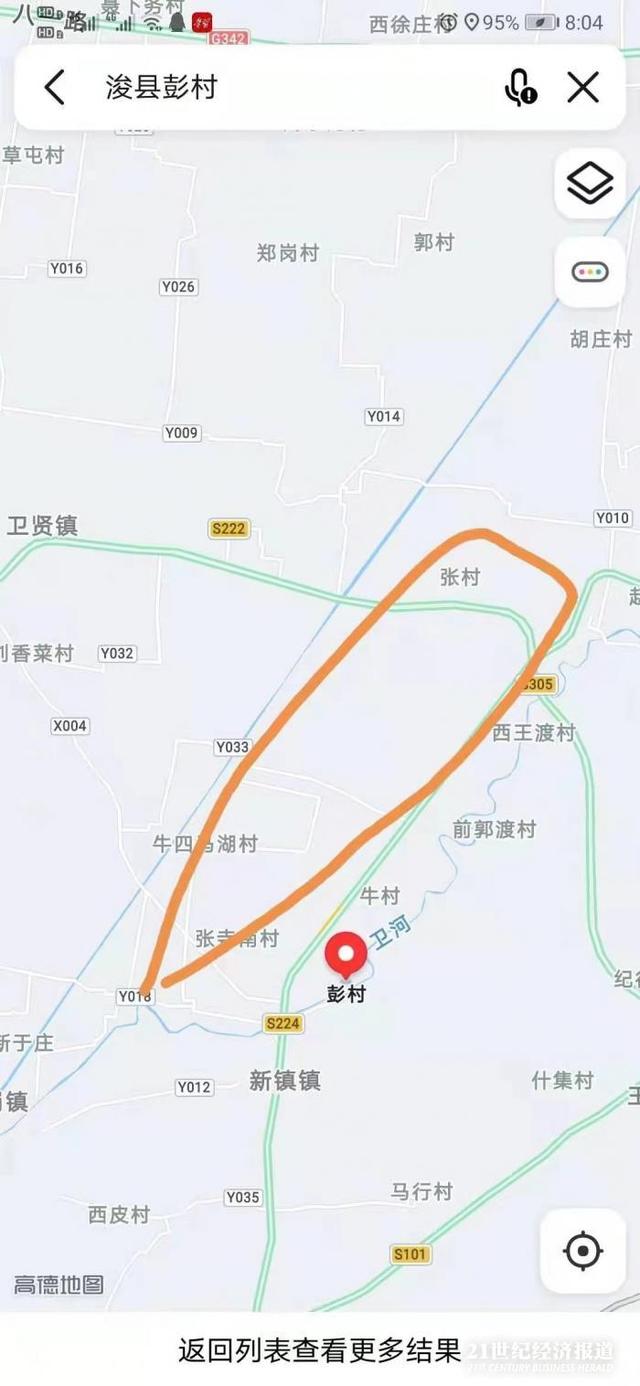дёҠиҝ°д»Јз Ғз»ҸиҝҮдёӨж¬Ўи·ЁеҹҹпјҢеҖјеҫ—жіЁж„Ҹзҡ„жҳҜжөҸи§ҲеҷЁеҗ‘д»ЈзҗҶжңҚеҠЎеҷЁеҸ‘йҖҒиҜ·жұӮпјҢд№ҹйҒөеҫӘеҗҢжәҗзӯ–з•ҘпјҢжңҖеҗҺеңЁindex.htmlж–Ү件жү“еҚ°еҮә {"title":"fontend","password":"123456"}
6.NginxеҸҚеҗ‘д»ЈзҗҶ
е®һзҺ°еҺҹзҗҶзұ»дјјдәҺNodeдёӯй—ҙ件代зҗҶпјҢйңҖиҰҒдҪ жҗӯе»әдёҖдёӘдёӯиҪ¬nginxжңҚеҠЎеҷЁпјҢз”ЁдәҺиҪ¬еҸ‘иҜ·жұӮ гҖӮ
дҪҝз”ЁnginxеҸҚеҗ‘д»ЈзҗҶе®һзҺ°и·ЁеҹҹпјҢжҳҜжңҖз®ҖеҚ•зҡ„и·Ёеҹҹж–№ејҸ гҖӮеҸӘйңҖиҰҒдҝ®ж”№nginxзҡ„й…ҚзҪ®еҚіеҸҜи§ЈеҶіи·Ёеҹҹй—®йўҳпјҢж”ҜжҢҒжүҖжңүжөҸи§ҲеҷЁпјҢж”ҜжҢҒsessionпјҢдёҚйңҖиҰҒдҝ®ж”№д»»дҪ•д»Јз ҒпјҢ并且дёҚдјҡеҪұе“ҚжңҚеҠЎеҷЁжҖ§иғҪ гҖӮ
е®һзҺ°жҖқи·ҜпјҡйҖҡиҝҮnginxй…ҚзҪ®дёҖдёӘд»ЈзҗҶжңҚеҠЎеҷЁпјҲеҹҹеҗҚдёҺdomain1зӣёеҗҢпјҢз«ҜеҸЈдёҚеҗҢпјүеҒҡи·іжқҝжңәпјҢеҸҚеҗ‘д»ЈзҗҶи®ҝй—®domain2жҺҘеҸЈпјҢ并且еҸҜд»ҘйЎәдҫҝдҝ®ж”№cookieдёӯdomainдҝЎжҒҜпјҢж–№дҫҝеҪ“еүҚеҹҹcookieеҶҷе…ҘпјҢе®һзҺ°и·Ёеҹҹзҷ»еҪ• гҖӮ
е…ҲдёӢиҪҪnginxпјҢ然еҗҺе°Ҷnginxзӣ®еҪ•дёӢзҡ„nginx.confдҝ®ж”№еҰӮдёӢ:
// proxyжңҚеҠЎеҷЁserver { listen 80; server_name www.domain1.com; location / { proxy_pass http://www.domain2.com:8080; #еҸҚеҗ‘д»ЈзҗҶ proxy_cookie_domain www.domain2.com www.domain1.com; #дҝ®ж”№cookieйҮҢеҹҹеҗҚ index index.html index.htm; # еҪ“з”Ёwebpack-dev-serverзӯүдёӯй—ҙ件代зҗҶжҺҘеҸЈи®ҝй—®nignxж—¶пјҢжӯӨж—¶ж— жөҸи§ҲеҷЁеҸӮдёҺпјҢж•…жІЎжңүеҗҢжәҗйҷҗеҲ¶пјҢдёӢйқўзҡ„и·Ёеҹҹй…ҚзҪ®еҸҜдёҚеҗҜз”Ё add_header Access-Control-Allow-Origin http://www.domain1.com; #еҪ“еүҚз«ҜеҸӘи·ЁеҹҹдёҚеёҰcookieж—¶пјҢеҸҜдёә* add_header Access-Control-Allow-Credentials true; }}жңҖеҗҺйҖҡиҝҮе‘Ҫд»ӨиЎҢ nginx-s reloadеҗҜеҠЁnginx// index.htmlvar xhr = new XMLHttpRequest();// еүҚз«ҜејҖе…іпјҡжөҸи§ҲеҷЁжҳҜеҗҰиҜ»еҶҷcookiexhr.withCredentials = true;// и®ҝй—®nginxдёӯзҡ„д»ЈзҗҶжңҚеҠЎеҷЁxhr.open('get', 'http://www.domain1.com:81/?user=admin', true);xhr.send();// server.jsvar http = require('http');var server = http.createServer();var qs = require('querystring');server.on('request', function(req, res) { var params = qs.parse(req.url.substring(2)); // еҗ‘еүҚеҸ°еҶҷcookie res.writeHead(200, { 'Set-Cookie': 'l=a123456;Path=/;Domain=www.domain2.com;HttpOnly' // HttpOnly:и„ҡжң¬ж— жі•иҜ»еҸ– }); res.write(JSON.stringify(params)); res.end();});server.listen('8080');console.log('Server is running at port 8080...');7.window.name + iframe
window.nameеұһжҖ§зҡ„зӢ¬зү№д№ӢеӨ„пјҡnameеҖјеңЁдёҚеҗҢзҡ„йЎөйқўпјҲз”ҡиҮідёҚеҗҢеҹҹеҗҚпјүеҠ иҪҪеҗҺдҫқж—§еӯҳеңЁпјҢ并且еҸҜд»Ҙж”ҜжҢҒйқһеёёй•ҝзҡ„ name еҖјпјҲ2MBпјү гҖӮ
е…¶дёӯa.htmlе’Ңb.htmlжҳҜеҗҢеҹҹзҡ„пјҢйғҪжҳҜ http://localhost:3000;иҖҢc.htmlжҳҜ http://localhost:4000 гҖӮ
// a.html(http://localhost:3000/b.html) <iframe src=https://www.isolves.com/it/cxkf/bk/2019-07-01/"http://localhost:4000/c.html" frameborder="0" onload="load()" id="iframe"> b.htmlдёәдёӯй—ҙд»ЈзҗҶйЎөпјҢдёҺa.htmlеҗҢеҹҹпјҢеҶ…е®№дёәз©ә гҖӮ
// c.html(http://localhost:4000/c.html) <script> window.name = 'жҲ‘дёҚзҲұдҪ '</script>жҖ»з»“пјҡйҖҡиҝҮiframeзҡ„srcеұһжҖ§з”ұеӨ–еҹҹиҪ¬еҗ‘жң¬ең°еҹҹпјҢи·Ёеҹҹж•°жҚ®еҚіз”ұiframeзҡ„window.nameд»ҺеӨ–еҹҹдј йҖ’еҲ°жң¬ең°еҹҹ гҖӮиҝҷдёӘе°ұе·§еҰҷең°з»•иҝҮдәҶжөҸи§ҲеҷЁзҡ„и·Ёеҹҹи®ҝй—®йҷҗеҲ¶пјҢдҪҶеҗҢж—¶е®ғеҸҲжҳҜе®үе…Ёж“ҚдҪң гҖӮ
8.location.hash + iframe
е®һзҺ°еҺҹзҗҶпјҡ a.htmlж¬ІдёҺc.htmlи·Ёеҹҹзӣёдә’йҖҡдҝЎпјҢйҖҡиҝҮдёӯй—ҙйЎөb.htmlжқҘе®һзҺ° гҖӮдёүдёӘйЎөйқўпјҢдёҚеҗҢеҹҹд№Ӣй—ҙеҲ©з”Ёiframeзҡ„location.hashдј еҖјпјҢзӣёеҗҢеҹҹд№Ӣй—ҙзӣҙжҺҘjsи®ҝй—®жқҘйҖҡдҝЎ гҖӮ
е…·дҪ“е®һзҺ°жӯҘйӘӨпјҡдёҖејҖе§Ӣa.htmlз»ҷc.htmlдј дёҖдёӘhashеҖјпјҢ然еҗҺc.html收еҲ°hashеҖјеҗҺпјҢеҶҚжҠҠhashеҖјдј йҖ’з»ҷb.htmlпјҢжңҖеҗҺb.htmlе°Ҷз»“жһңж”ҫеҲ°a.htmlзҡ„hashеҖјдёӯ гҖӮеҗҢж ·зҡ„пјҢa.htmlе’Ңb.htmlжҳҜеҗҢеҹҹзҡ„пјҢйғҪжҳҜ http://localhost:3000;иҖҢc.htmlжҳҜ http://localhost:4000 гҖӮ
// a.html <iframe src=https://www.isolves.com/it/cxkf/bk/2019-07-01/"http://localhost:4000/c.html#iloveyou"> // b.html // c.html console.log(location.hash); let iframe = document.createElement('iframe'); iframe.src = 'http://localhost:3000/b.html#idontloveyou'; document.body.appendChild(iframe);9.document.domain + iframe
иҜҘж–№ејҸеҸӘиғҪз”ЁдәҺдәҢзә§еҹҹеҗҚзӣёеҗҢзҡ„жғ…еҶөдёӢпјҢжҜ”еҰӮ a.test.com е’Ң b.test.com йҖӮз”ЁдәҺиҜҘж–№ејҸ гҖӮеҸӘйңҖиҰҒз»ҷйЎөйқўж·»еҠ document.domain='test.com' иЎЁзӨәдәҢзә§еҹҹеҗҚйғҪзӣёеҗҢе°ұеҸҜд»Ҙе®һзҺ°и·Ёеҹҹ гҖӮ
е®һзҺ°еҺҹзҗҶпјҡдёӨдёӘйЎөйқўйғҪйҖҡиҝҮjsејәеҲ¶и®ҫзҪ®document.domainдёәеҹәзЎҖдё»еҹҹпјҢе°ұе®һзҺ°дәҶеҗҢеҹҹ гҖӮ
жҺЁиҚҗйҳ…иҜ»
- еҠ е…ҘжҠ–йҹіmcnжңәжһ„йңҖиҰҒеӨҡе°‘зІүдёқ жҠ–йҹіеҚҒеӨ§mcnжңәжһ„зҡ„иҒ”зі»ж–№ејҸ
- жҖқз»ҙж–№ејҸеҶіе®ҡдәәз”ҹй«ҳеәҰ
- жҠ–йҹізҡ„зү©жөҒй…ҚйҖҒж–№ејҸ жҠ–йҹідёҠзү©жөҒдҝЎжҒҜжҖҺд№ҲзңӢ
- ж»ҮзәўиҢ¶жӯЈзЎ®еҶІжіЎж–№ејҸ
- жҠ–йҹідёҚеҸӘжҳҜеҚ–иҙ§пјҢиҝҳжңүе…¶д»–зҡ„дә”еӨ§еҸҳзҺ°ж–№ејҸ
- 2022е№ҙж–°жөӘеҫ®еҚҡи®©зәўеҢ…йЈһжҖҺд№ҲйўҶеҸ–зәўеҢ…,еҫ®еҚҡзәўеҢ…иҺ·еҫ—ж–№ејҸжңүе“Әдәӣ
- еҸӨдёҲжҜӣе°–еҶІжіЎж–№ејҸеҸҠй—®йўҳ
- иҝ‘д»ЈйҘ®иҢ¶ж–№ејҸеҸҠеҠҹеӨ«иҢ¶иүә
- зҷҪиҢ¶зҡ„еҶІжіЎж–№ејҸпјҢдҪ зҹҘйҒ“е“Әдәӣпјҹ
- жңүдёҖз§ҚиҗҘй”Җж–№ејҸ е…¬еҸёдә§е“Ғзҡ„иҗҘй”Җж–№ејҸ
















